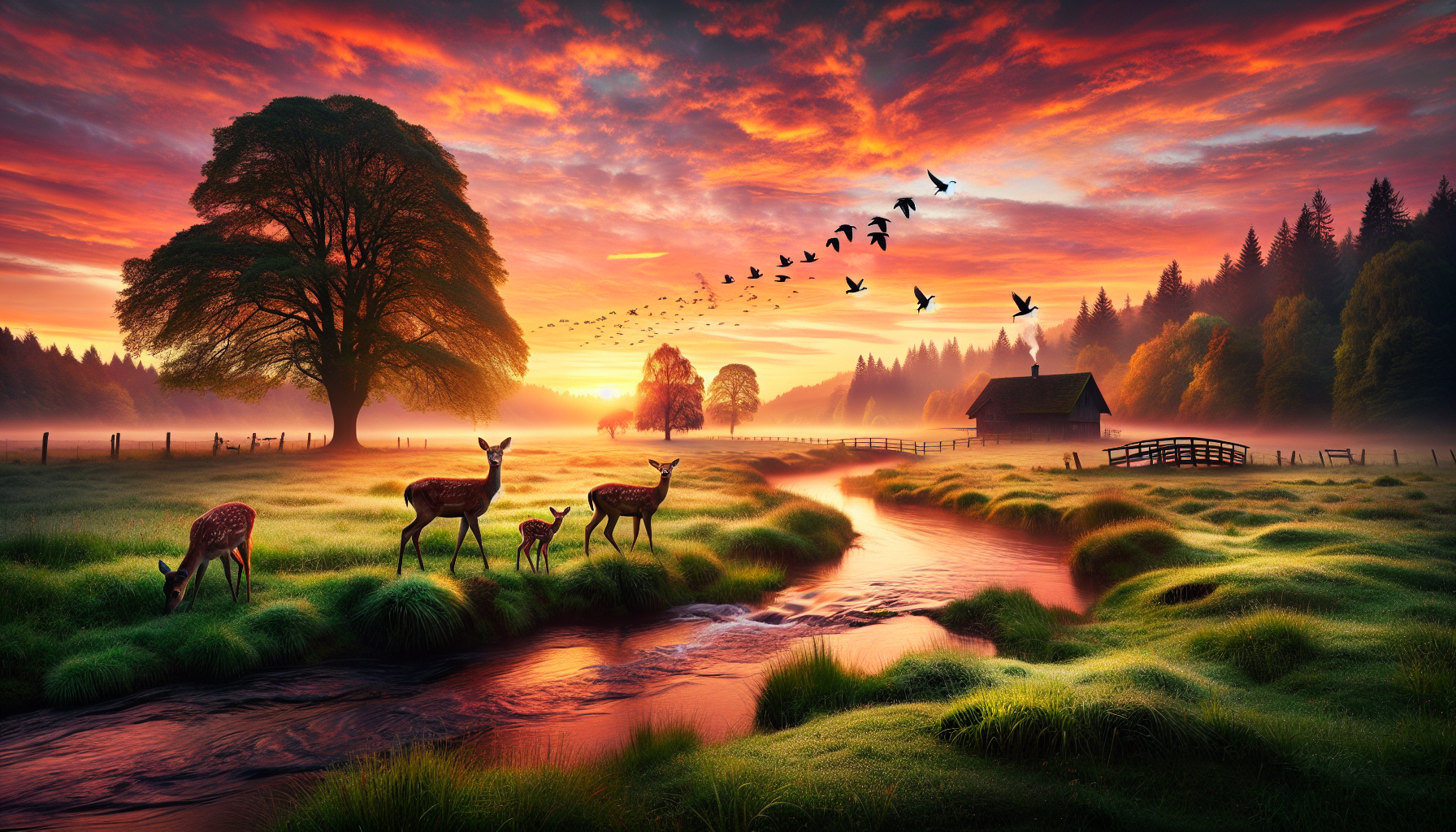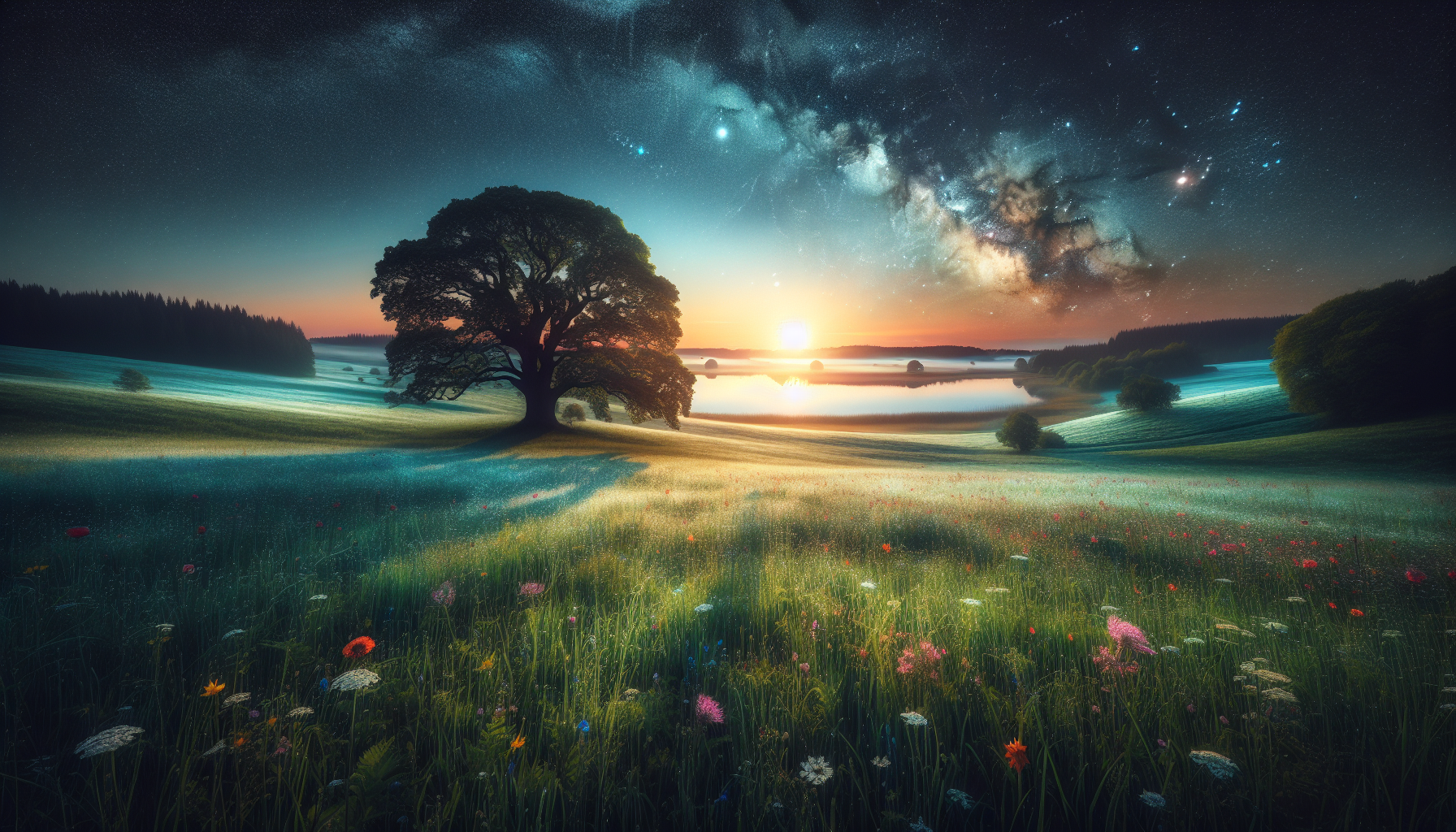
 Once sidelined and considered a niche genre, indie music has steadily risen to capture the attention and hearts of music lovers worldwide. This ascent can be attributed to its unique blend of authenticity, creativity, and a relentless drive to break free from traditional commercial boundaries. Indie music represents a diverse tapestry of sounds, styles, and stories, making it a significant part of our global music culture.
Once sidelined and considered a niche genre, indie music has steadily risen to capture the attention and hearts of music lovers worldwide. This ascent can be attributed to its unique blend of authenticity, creativity, and a relentless drive to break free from traditional commercial boundaries. Indie music represents a diverse tapestry of sounds, styles, and stories, making it a significant part of our global music culture.
In its earliest days, indie music was often equated with small-scale production and self-released tracks, allowing artists the freedom to experiment and innovate without the influence of major record labels. This paved the way for a wide assortment of genres to blossom under the indie umbrella, blending elements of rock, folk, electronica, and more. The digital revolution further spurred this rise, with platforms like Bandcamp and SoundCloud providing artists with the tools to distribute their music directly to an eager audience hungry for something fresh and genuine.
It’s the diversity of indie music that truly sets it apart in the vast landscape of the music industry. Unburdened by the need for mainstream approval, indie artists are free to explore unconventional lyrical themes, experimental production techniques, and non-commercial sounds. This unrestrained creativity has not only enriched the indie scene but has also begun to influence mainstream music, as major artists and labels take note of the innovation sprouting from the indie world.
Perhaps what makes indie music so captivating is its ability to create a personal connection with its audience. Each song, crafted from the heart, allows listeners to glimpse into the artist’s soul, making the music feel intimate and relatable. It’s a testament to the power of indie music that it continues to attract a growing community of fans who value originality and sincerity.
In today’s fast-paced music industry, indie artists stand as a reminder of the richness that diversity and individuality bring to the art form. Recognizing indie music’s impact is essential as it leads the charge in reshaping our understanding of what music can be—a diverse and inclusive expression of human experience. As the indie scene continues to evolve, it leaves us with a hopeful reminder: sometimes, the most genuine and resonant art comes from those who dare to color outside the lines.
Genres that define indie diversity
Indie music stands as a beacon of diversity, offering a melting pot of genres that challenge and redefine traditional music boundaries. The beauty of indie music lies in its eclecticism, seamlessly weaving together elements from various musical traditions to create a vibrant tapestry of sound. Each genre under the indie umbrella brings its own unique flavor, contributing to the overall richness and texture of indie music culture.
At the heart of this diversity are genres like indie rock, folk, and electronic. Indie rock, with its roots deeply planted in the DIY ethos, embraces raw, unpolished sounds and introspective lyrics that resonate with authenticity and emotional depth. Folk, on the other hand, often leans into storytelling, drawing from cultural narratives and timeless themes that speak to the human experience. Meanwhile, indie electronic pushes the boundaries of technology and sound, crafting immersive soundscapes that invite listeners to explore new auditory dimensions.
These genres are not isolated; rather, they often intersect and influence one another, resulting in innovative hybrids that further enhance indie music’s diversity. For instance, the fusion of folk and electronic elements has given rise to folktronica, a genre that marries acoustic instruments with synthesized sounds, creating a fresh, experimental auditory journey. Such amalgamations not only highlight the adaptability and creativity inherent in indie music but also reflect the dynamic nature of the music culture it fosters.
As listeners, we are invited to embark on a journey through this diverse musical landscape, discovering new sounds and stories that challenge conventional norms. The collaborative spirit of indie music encourages cross-genre partnerships, leading to unexpected collaborations that enrich the music scene with fresh perspectives and novel expressions. This spirit of exploration and innovation keeps indie music ever-evolving, continuously drawing in new audiences seeking authenticity and originality in their musical experiences.
Ultimately, the diversity of genres within indie music underscores a core truth: music is a limitless art form. By embracing a multitude of sounds and styles, indie music not only celebrates individuality and creativity but also inspires us to broaden our horizons and appreciate the beauty of difference. As we venture through the eclectic world of indie music, we are reminded that, much like humanity itself, the true strength of this music culture lies in its diversity.
Notable indie artists shaping the scene
In the bustling landscape of today’s music culture, a cadre of notable indie artists is boldly blazing a trail, shaping and defining the scene with their innovative sounds and distinctive voices. These artists aren’t just making music; they’re crafting narratives that resonate deeply with audiences around the world, inspiring a new generation of musicians and listeners alike.
Leading the charge is an array of artists who have mastered the art of blending introspective lyrical content with unique sonic landscapes. Take, for instance, the ethereal sounds of Phoebe Bridgers, whose haunting melodies and poignant storytelling have garnered a devoted following. Her music captures the human condition in its rawest form, illustrating why indie music remains a beacon for those seeking authenticity over commercial conformity.
Another standout in the indie realm is Tame Impala, the brainchild of multi-instrumentalist Kevin Parker. Known for their eclectic mix of psychedelic rock and expansive electronic grooves, Tame Impala has challenged the boundaries of genre, carving a niche that bridges both underground and mainstream audiences. Parker’s work is a testament to the power of musical exploration, illustrating how indie artists continually push the envelope to create something truly groundbreaking.
On a different note, Mitski’s work illustrates the beautiful complexity of marrying raw emotion with inventive musical expression. Her ability to channel deep personal experiences into universal themes resonates powerfully with a diverse audience. Through her music, Mitski offers a cathartic experience that elicits both introspection and solidarity among her listeners.
These artists, along with many others, underscore the evolving diversity within the indie music scene. Their contributions amplify the notion that indie music is not defined by a single sound or style but rather thrives through a multitude of voices and interpretations. Each one adds a distinct hue to the tapestry of modern music culture, offering listeners a kaleidoscope of emotions and ideas to explore.
In this thriving indie ecosystem, diversity isn’t just an aesthetic choice—it’s the lifeblood that keeps the scene vibrant and dynamic. These artists remind us that by breaking free from traditional molds, indie music can continue to foster a culture of innovation and inclusivity, proving that sometimes the most impactful art comes from those who dare to defy convention and carve their unique path in the music world.
The influence of indie music on mainstream
In today’s music landscape, indie music has become a powerful force, subtly but surely shifting the boundaries of mainstream music. This genre, celebrated for its authenticity and creativity, has inspired and influenced mainstream artists and producers to explore new territories, redefining popular music’s soundscape.
Indie music’s impact on the mainstream is evident in the way contemporary pop songs now often blend genres, infusing elements like indie rock’s raw guitar riffs or the introspective lyricism found in indie folk. Artists such as Florence and the Machine and Hozier, who began with strong indie roots, have transitioned successfully into the mainstream, bringing with them an indie ethos that prioritizes originality and heartfelt storytelling. This cross-pollination has enriched the music culture, making the lines between indie and mainstream increasingly blurred.
The indie music movement encourages collaboration across genres, leading to experimental soundscapes that captivate new audiences. For instance, the rise of bedroom pop—an offshoot of indie music characterized by its DIY production style—has seen artists like Billie Eilish break into the mainstream with a sound that is both intimate and innovative. This trend highlights how indie music’s personal connection with listeners translates well into popular music, offering a fresh antidote to overly commercialized sounds.
As major record labels and mainstream artists recognize the demand for diversity and authenticity, they increasingly embrace indie music’s influence. This growing acceptance has paved the way for a more inclusive music industry, where diverse voices and sounds are celebrated. Indie music’s emphasis on individuality and experimentation challenges conventional norms, fostering a vibrant music culture that thrives on diversity.
In a world where music consumption is dominated by streaming platforms, indie music’s genuine and varied offerings resonate more than ever. It reminds us that the heart of music lies in its ability to connect and inspire, regardless of genre. The influence of indie music on the mainstream not only highlights its importance but also promises a future where innovation and diversity drive the evolution of music.
Future trends in indie music
As we look to the horizon, the future of indie music gleams with exciting possibilities, driven by technology and an evolving landscape that champions diversity and individuality. The digital age continues to reshape how music is produced, distributed, and consumed, offering indie artists unprecedented opportunities to innovate and connect with global audiences.
One key trend shaping the future of indie music is the rise of decentralized platforms powered by blockchain technology. These platforms promise to empower artists by allowing them to distribute their music directly to fans, ensuring fair compensation and creative control. Such advancements can lead to a more equitable music culture, where indie artists can thrive without the constraints of traditional record label agreements.
Virtual reality concerts and augmented reality experiences are also gaining momentum in the indie scene. These immersive technologies provide fans with unique ways to engage with music, offering intimate, virtual interactions that transcend geographical boundaries. As these innovations become more accessible, indie artists can create tailored experiences that deepen the connection between them and their audience, further enriching the diverse tapestry of indie music.
Furthermore, artificial intelligence is beginning to play a role in music creation and production. For indie artists, this means new tools for experimenting with sounds and styles, facilitating the blending of genres in previously unimagined ways. AI can help artists refine their work or spark new creative directions, ensuring that the spirit of innovation remains at the heart of indie music.
As the indie music community continues to embrace these future-forward trends, one thing remains constant—the unwavering commitment to authenticity and diversity. Indie music’s strength lies in its ability to adapt and flourish amid change, continuously challenging the norms of the music industry. In this evolving landscape, indie artists will no doubt continue to push the boundaries, crafting music that not only reflects their unique voices but also shapes the future of music culture itself. The bottom line? In the evolving world of indie music, the only limit is creative imagination—and that horizon looks boundless.

